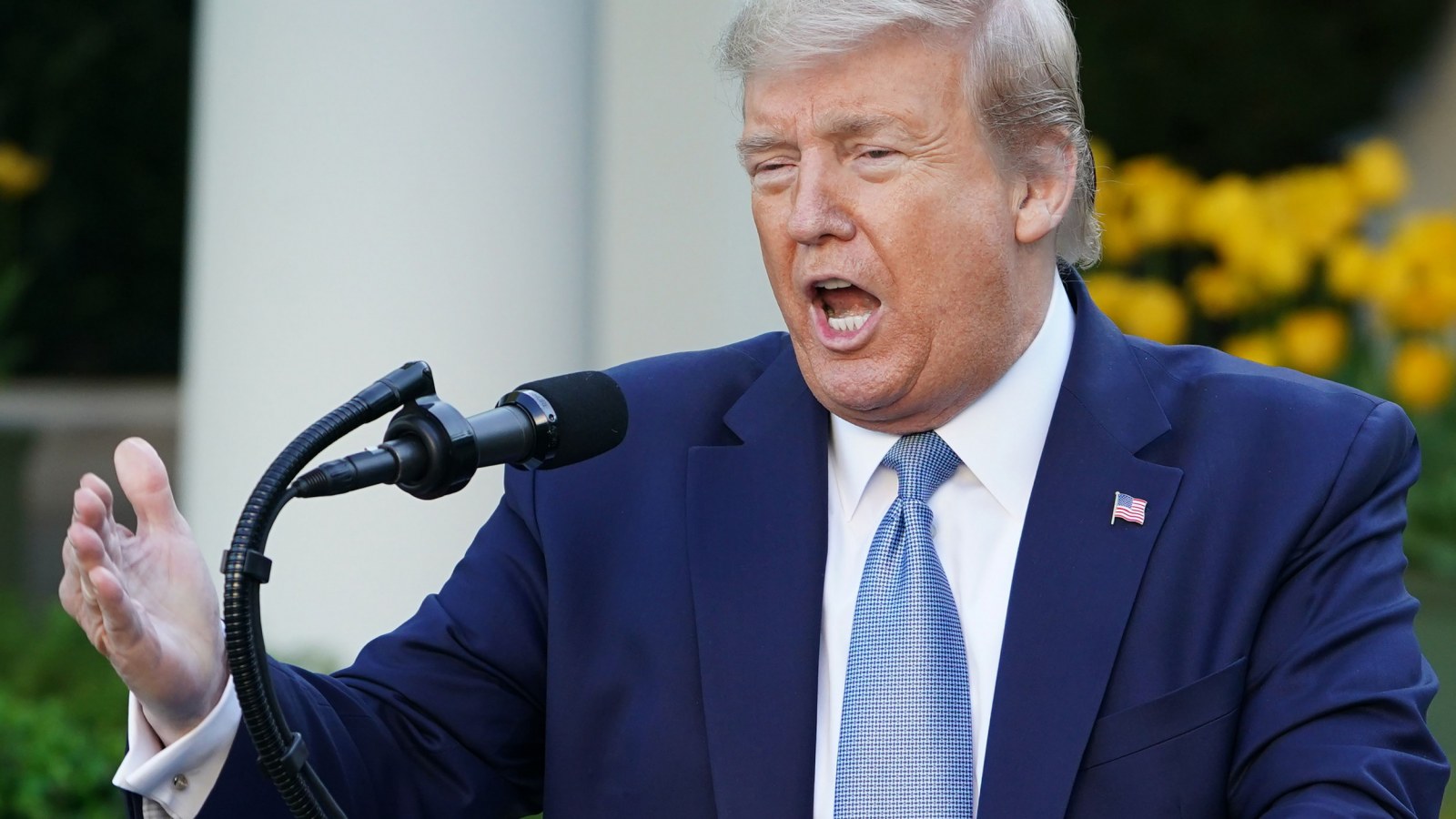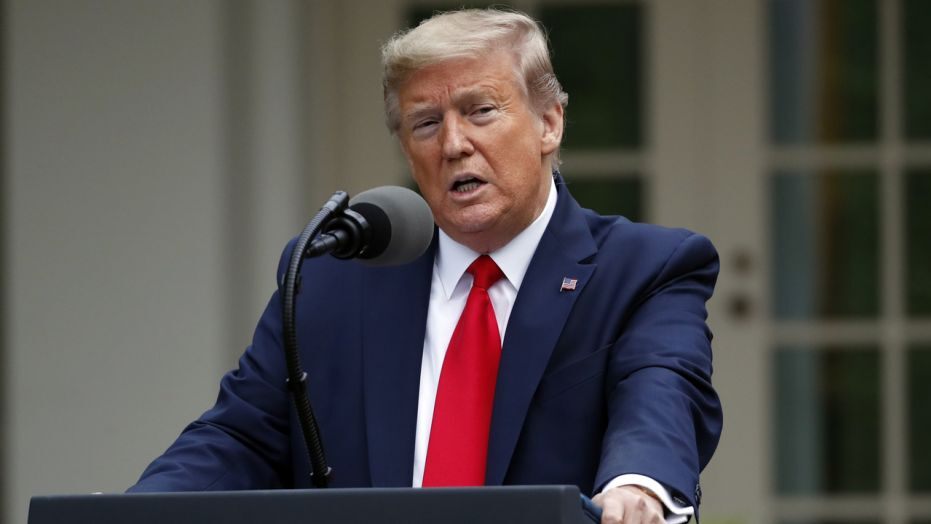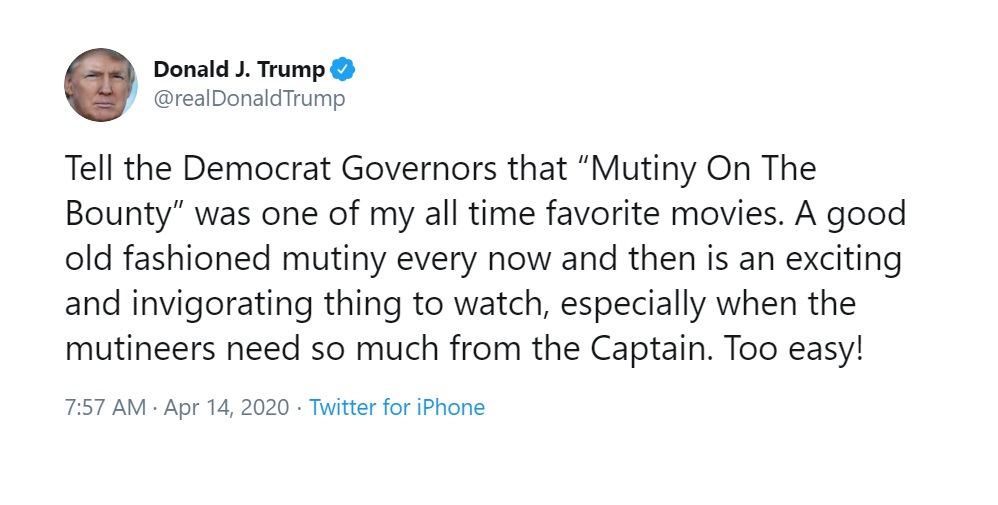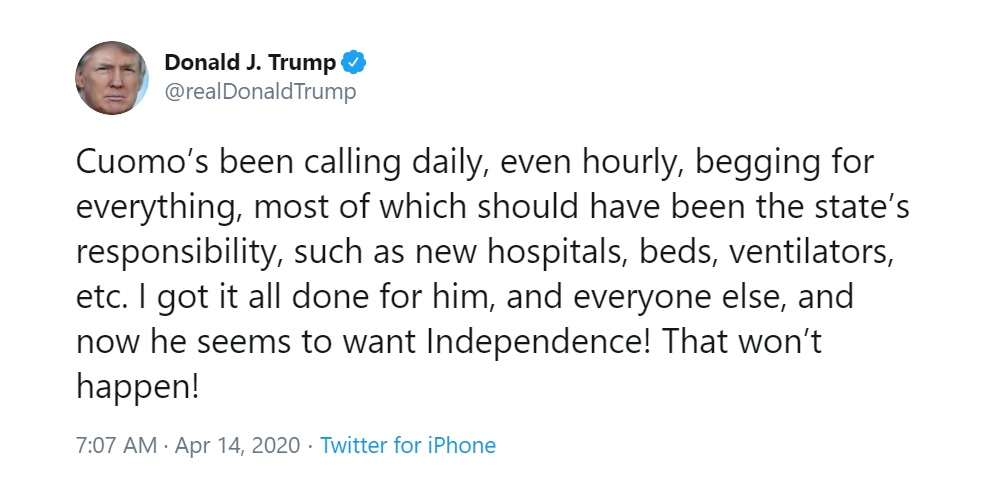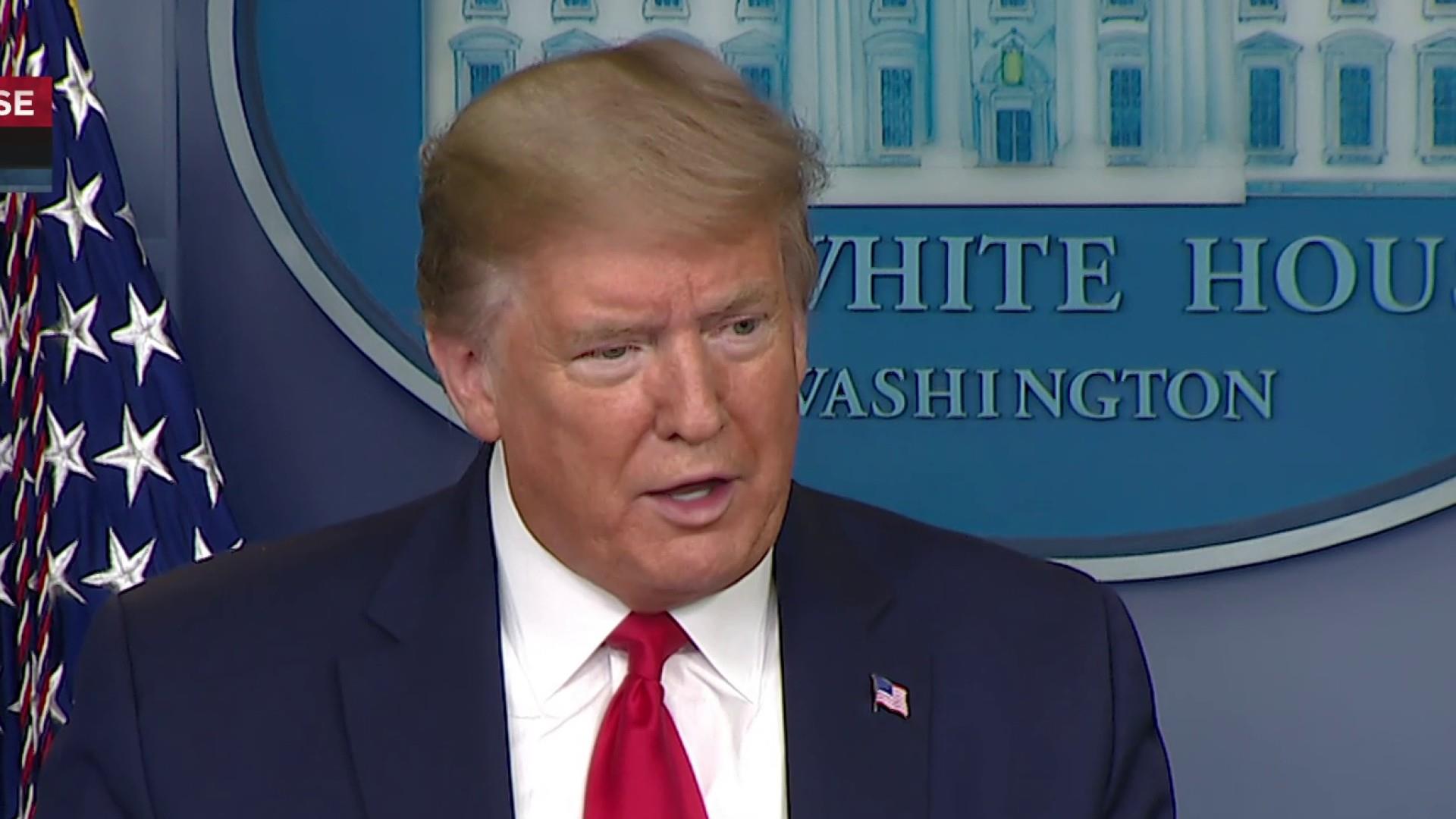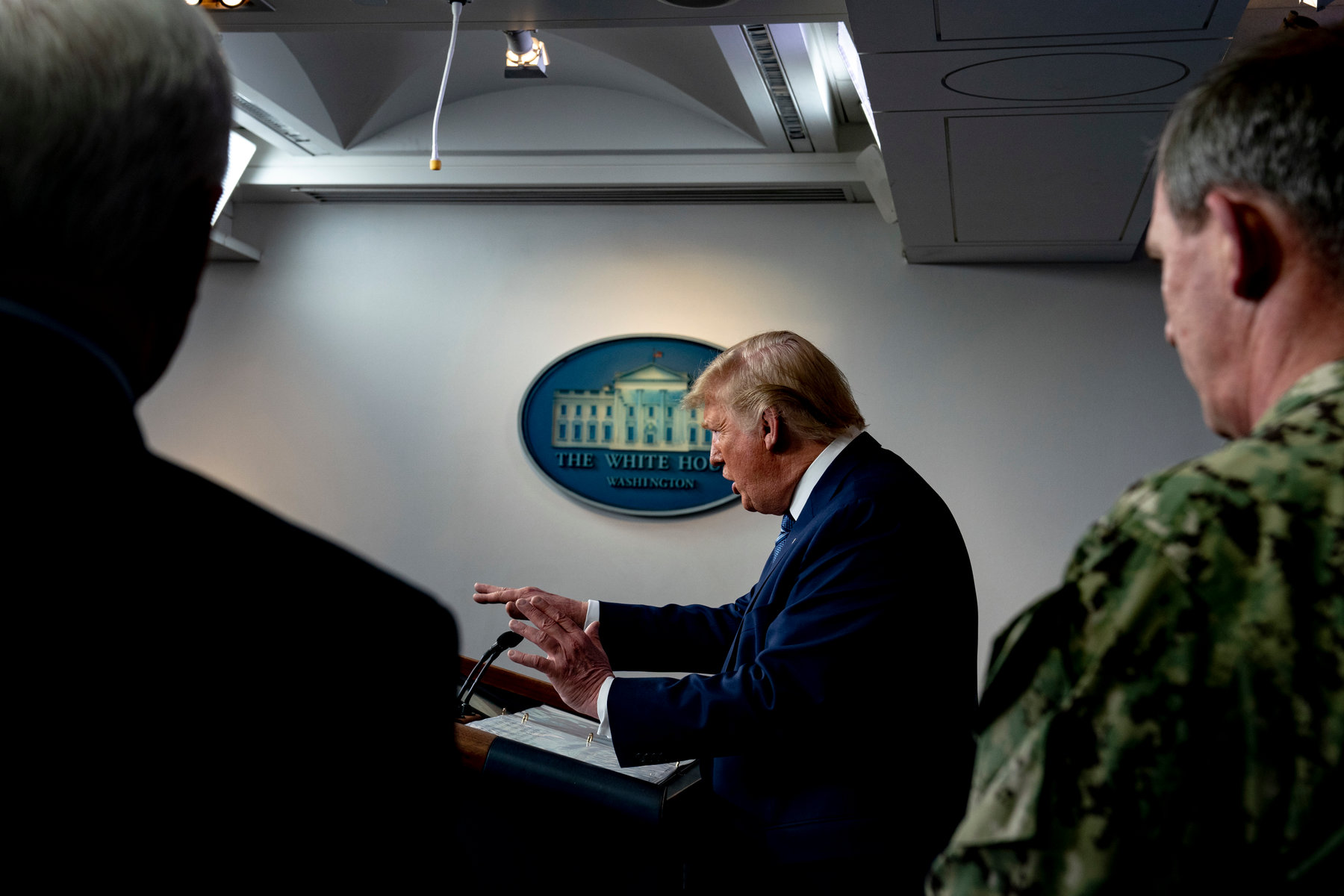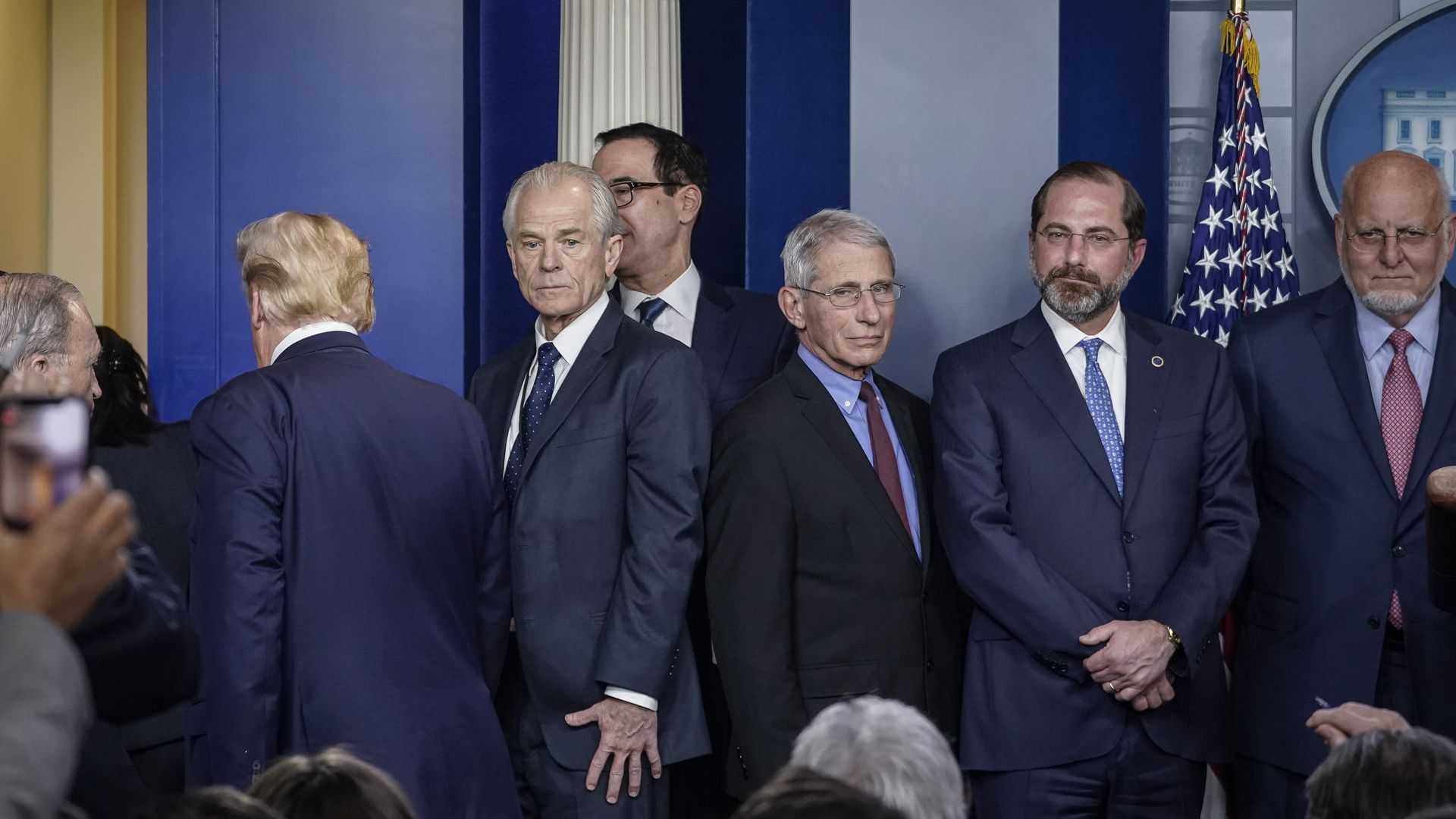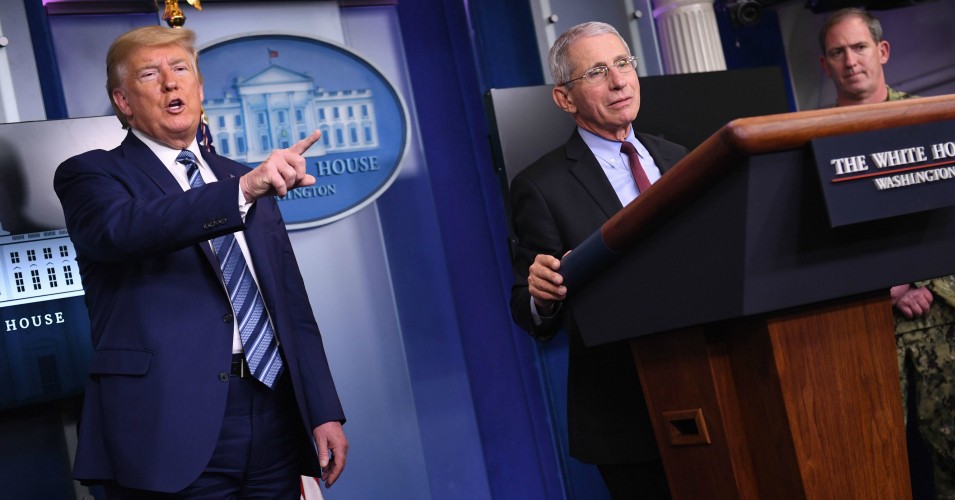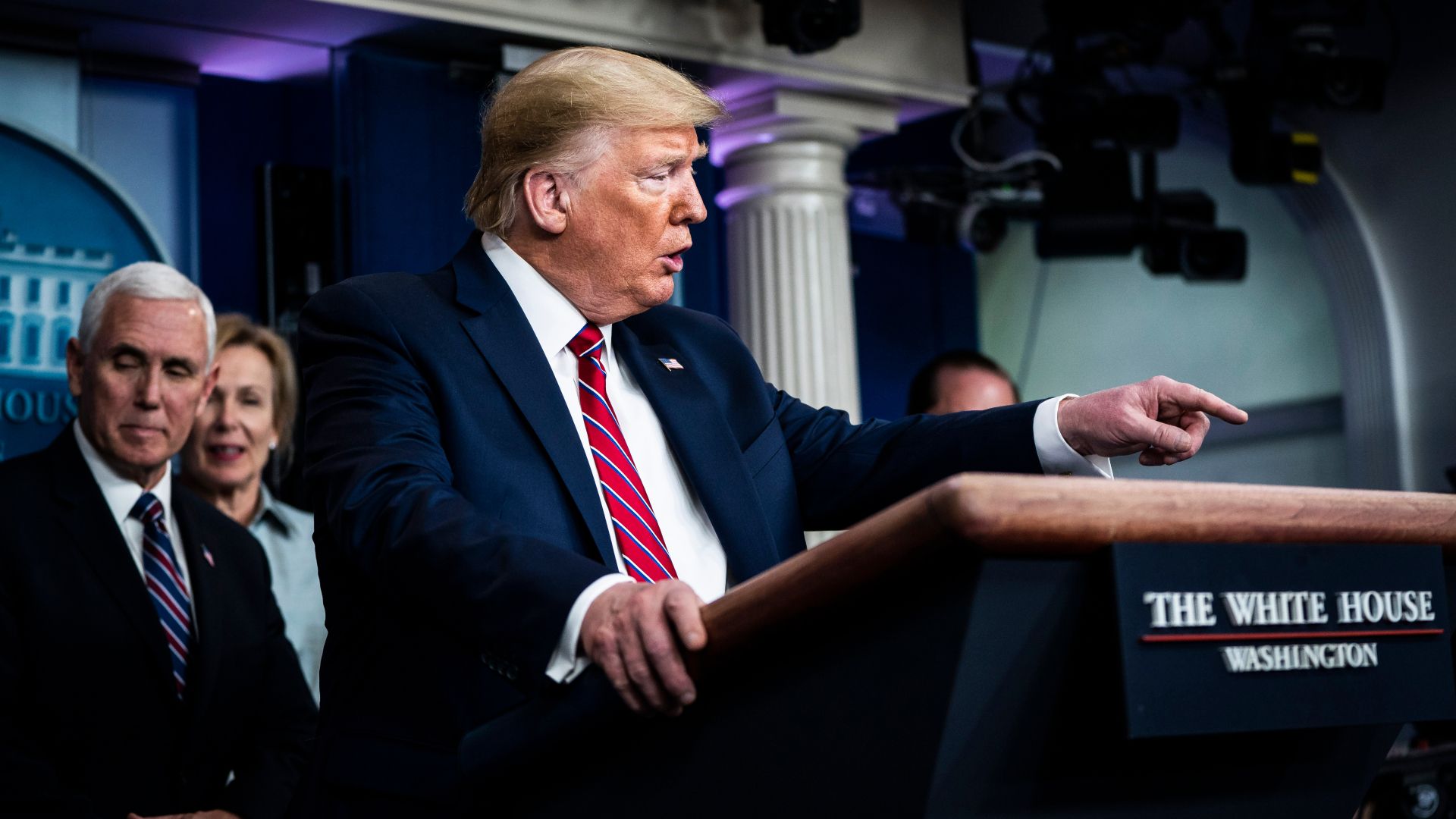Donald Trump falsely claims Nancy Pelosi deleted video telling people to go to Chinatown
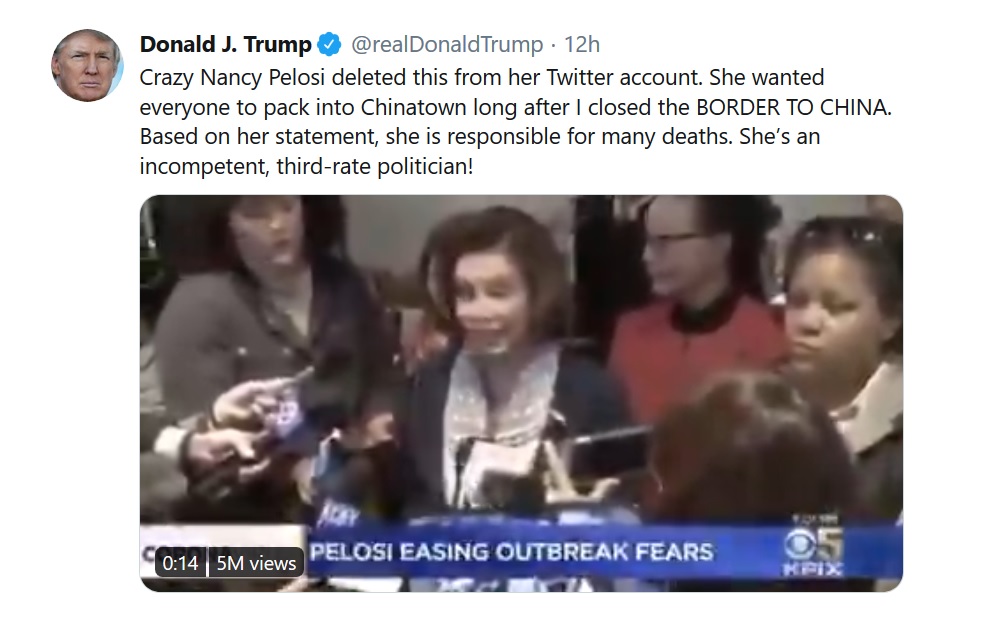
President Donald Trump joined conservative supporters in accusing House Speaker Nancy Pelosi of covering up her visit to San Francisco’s Chinatown in late February.
“Crazy Nancy Pelosi deleted this from her Twitter account. She wanted everyone to pack into Chinatown long after I closed the BORDER TO CHINA. Based on her statement, she is responsible for many deaths. She’s an incompetent, third-rate politician!” Trump tweeted April 16.
But there’s no evidence Pelosi ever tweeted that video of herself in Chinatown. So she could not have deleted it, as Trump said.
The video Trump tweeted is 17 seconds long, a snippet of a Feb. 24 report by KPIX, a San Francisco Bay Area CBS affiliate. Pelosi in the KPIX report is shown walking through San Francisco’s Chinatown District and encouraging people to visit its shops and restaurants, which were seeing a decline in business since the coronavirus outbreak began in China.
At the time, KPIX reported, there were no active cases of coronavirus in San Francisco. There were 21 active cases in California, but they were in hospital isolation or in quarantine.
Pelosi says in the video: “You should come to Chinatown. Precautions have been taken by our city. We know that there is concern about tourism, traveling throughout the world, but we think it’s very safe to be in Chinatown and hope that others will come.”
We wondered if Trump was right that Pelosi deleted that video from her Twitter account. PolitiFact’s fact-checking process includes asking a person who makes a claim for the evidence that supports their statement. So we asked the White House press office and Trump’s re-election campaign for the date of the original post, which account posted it, and when it was deleted. We did not get any information.
Pelosi’s office told PolitiFact that they never posted the video that Trump claimed was deleted.
We did our own digging and found no trace of the video posted from her account.
Politwoops, a project of ProPublica, tracks deleted tweets by elected officials. According to that tracker, @SpeakerPelosi’s latest five deleted tweets span from Feb. 22 to April 13. Not one is about going to Chinatown.
We also reviewed what Pelosi’s Twitter page looked liked since Feb. 24, based on the history saved by Wayback Machine, an initiative of the Internet Archive. The archived pages of Pelosi’s Twitter account do not show the video Trump tweeted. (Wayback Machine did not have archives of the page as they looked on Feb. 24-26, but any deletion of that video would presumably be more recent.)
Trump suggests that Pelosi is hiding her actions from Feb. 24. But a transcript of her comments that were captured in Trump’s video appear on both her House Speaker website and congressional website. As of April 16, the Chinatown visit was one of the featured photos in the homepage of her congressional website.
Pelosi’s Twitter page currently has a video of her Feb. 24 visit to Chinatown. It shows her making a fortune cookie. Text accompanying the video says: “It was a pleasure to try my hand at making fortune cookies at the Golden Gate Fortune Cookie Factory (with a little guidance from owner Kevin Chan, of course). The message inside? ‘United We Stand.’”
On Feb. 25, she posted a series of tweets saying Americans needed a coordinated response to the coronavirus and that the House would advance a funding package “that fully addresses the scale and seriousness of this public health crisis.”
It’s worth noting that throughout January and most of February, U.S. officials said that the coronavirus risk to the American public was low and that they were not seeing community spread of the virus. By Feb. 25, there were 53 confirmed COVID-19 cases in the United States and no deaths, according to data compiled by the World Health Organization.
On Feb. 28, a Centers for Disease Control and Prevention doctor said it was possible that a reported case in California “could be the first instance of community spread — meaning the illness was acquired through an unknown exposure in the community.” But it could also be that the patient was exposed through contact to a traveler who was infected, said Nancy Messonnier, director of the CDC’s National Center for Immunization and Respiratory Diseases. The immediate risk to the general American public remained low, she said.
The cancelling of mass gatherings was not yet common in the United States in February, the CDC noted in an April report.
Trump’s messaging around this time also did not suggest that people avoid large crowds. The same day of Pelosi’s trip to Chinatown, Trump tweeted: “The Coronavirus is very much under control in the USA. We are in contact with everyone and all relevant countries. CDC & World Health have been working hard and very smart. Stock Market starting to look very good to me!”Our ruling
Trump tweeted that Pelosi deleted a video of her telling people to go to Chinatown.
Pelosi on Feb. 24 did encourage people to go to Chinatown in San Francisco. But we found no trace of her posting or deleting the video Trump shared.
At the time of Pelosi’s remark, U.S. health officials said the risk of the coronavirus was low to the American public since they had no reports of community spread. Trump during this time also said the virus was under control in the United States.
Neither the White House nor Trump’s re-election campaign provide evidence to support Trump’s claim. In the absence of evidence, we rate this claim False.
